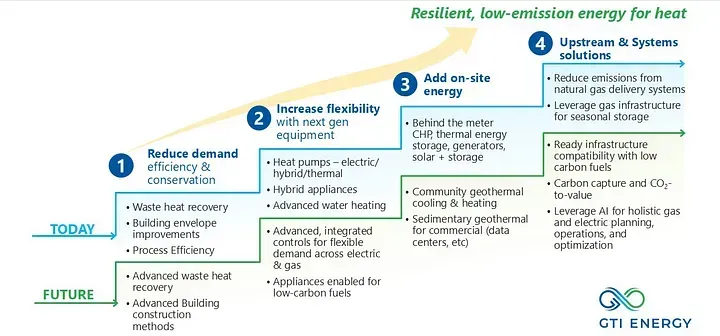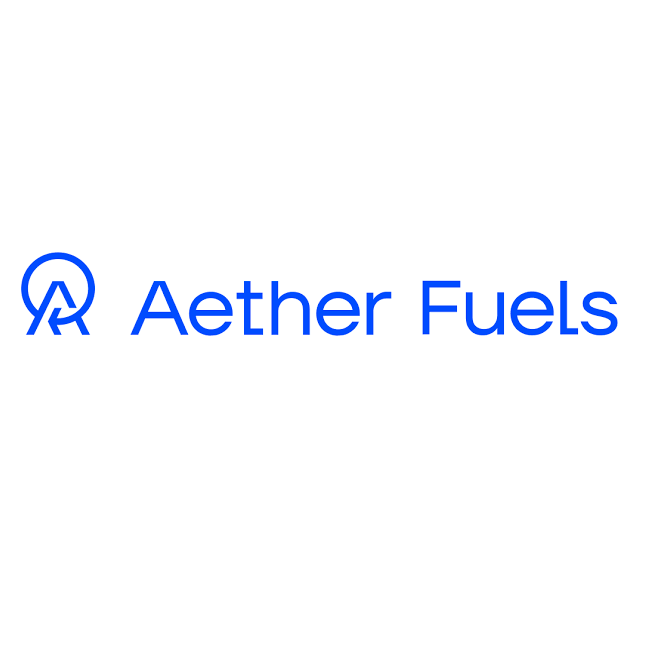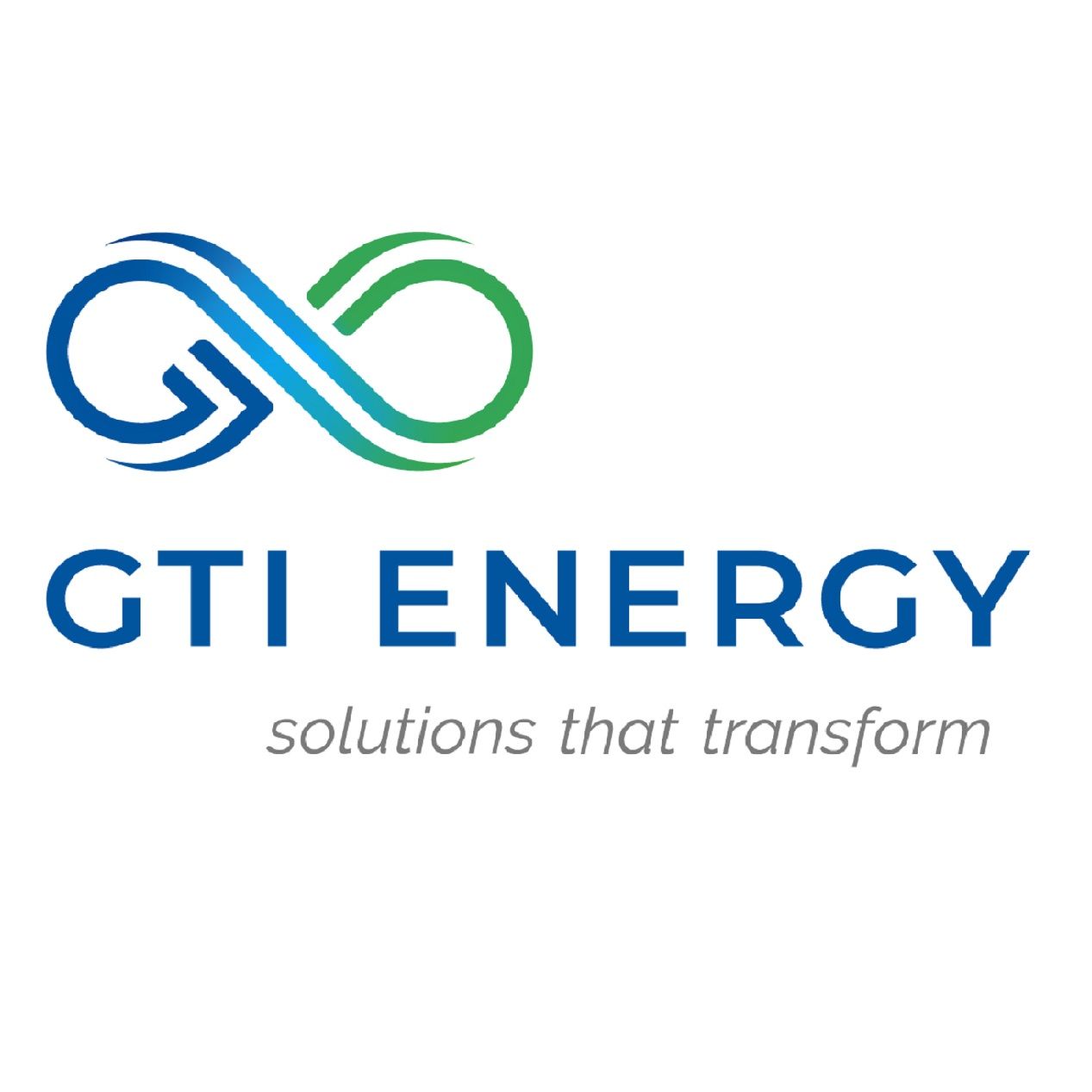Heating Up: Accelerating Solutions for Winter Peak Demand

This article by Paula Gant, CEO of GTI Energy and Adviser to Rev Innovations, was originally published on Catalyst by GTI Energy: Heating Up: Accelerating Solutions for Winter Peak Demand | by Paula Gant | Catalyst by GTI Energy | Oct, 2024 | Medium.
This article was written with input from GTI Energy experts Paul Glanville, Ryan Kerr, Shannon Katcher, and Rev Innovations’ Johanna Schmidtke.
As winter approaches, utilities are gearing up for the consequential challenge of reliably delivering heat to homes and businesses. In 2021, Winter Storm Uri in Texas demonstrated the important role fuel diversity serves to meet this consequential challenge today and through midcentury.
Natural gas is the predominant fuel providing reliable space heating and hot water in residential and commercial buildings for 85 million homes and businesses and gas storage capacity provides seasonal storage reliability capable of meeting average U.S. gas demand for 8 weeks as outlined in a a report developed by GTI Energy and the Air Conditioning, Heating, and Refrigeration Institute.
Integrated systems approach for low-emission, resilient heat
A range of innovations are required to retain the storage and delivery benefits of gas infrastructure, while reducing the approximately 1,000 metric tons of carbon dioxide equivalent emissions per year from furnaces, boilers, water heaters, infrared heaters, and other equipment. The innovations required span low-cost energy efficiency solutions available today to future system-level, step-change innovations as summarized at right.

1) Reducing demand
We have an untapped here-and-now opportunity to improve end-use efficiency and conservation for gases and liquids fuels. The easiest levers to activate are improvements in end-use advanced conservation, building decarbonization, and energy efficiency, such as adopting higher-efficiency appliances, efficient home heaters, and enhanced building envelope and insulation as demonstrated in Affordable Net Zero Energy Homes.
2) Increase flexibility with next-generation equipment and controls
Heat pump technology has come to the fore in the U.S. Thermally-driven or gas-fired heat pumps including advanced CO2 heat pump technology offer a promising option as a carbon-to-value pathway — operating more efficiently in cold climates to overcome the cost and reliability limitations of electrification alone. Our North American Gas Heat Pump (GHP) Program will help demonstrate 75+ units across 10 regions in the U.S. and Canada during the upcoming Winter 2024–2025 season. This GHP roadmap provides a deeper dive on the technology landscape.
Flexibility’s next frontier is integrated, advanced controls for hybrid demand flexibility using not just electrons, but also molecules. With the right regulatory framework there is opportunity for advanced controls for hybrid or “dual fuel” heat pump systems and beyond.
3) Reliable on-site energy for heat in winter
Hybrid and combined heat and power systems (CHP) continue to serve an important role in advanced building decarbonization when integrated with other solutions as we are demonstrating with the Department of Defense.
Geothermal is also gaining steam on the residential level to provide reliable heating and cooling directly. Innovations in research, development, demonstration, and business models hold the key to unlocking community geothermal as a viable, scalable pathway for communities with meaningful impact for energy access and environmental justice. We are collaborating with Vermont Gas Systems and NREL on Community-Supported Affordable Geothermal Energy Systems to overcome the challenges of community geothermal project deployment. Continued investment will help advance this emerging pathway to decarbonize residential space heating as utilities remain curious, but uncertain of the roadmap forward.
Increased investment and innovation in geothermal energy for the commercial sector driven by data centers have placed this on-site generation resource into the mix for future energy systems. Next-generation sedimentary geothermal systems offers a powerful innovative low-carbon resource for winter energy systems of the future (more to come on this topic!).
4) Transforming the future of heat by leveraging upstream systems, solutions, and integration
We must continue to innovate and demonstrate step-change, systems-level approaches that can deliver significant impact for the people that energy systems serve. We believe in the power of innovating together, including on solutions to reduce upstream emissions. We’re excited about the progress underway with solutions to improve measurement, monitoring, reporting, verification and reduction of the upstream emissions of the existing natural gas system — see our Net Zero Infrastructure Program (NZIP) or attend the upcoming 2024 CH4 connections conference.
As interest in holistic energy system planning grows, leveraging AI can drive transformative progress in optimized integration of electric and gas systems. With supportive regulatory frameworks, AI can help optimize energy systems and infrastructure by treating their interoperability as an asset, accelerating a resilient transition to net-zero emissions systems. AI can help define interdependencies, create process models, and identify pathways for informed planning and operational decision-making.
Addressing the winter heating challenge demands an integrated set of solutions that combines innovative technologies, diverse market pathways, and collaborative efforts tailored to meet the unique needs of each region.
To learn more about our shared vision accelerating energy efficiency innovations and deployment to address this winter heat challenge watch the recent Future Focused webcast “Unlocking Decarbonization: The Crucial Role of Energy Efficiency in Transforming Economies,” where I was joined by Bill Kent, Executive Director of AEE, and Adam Walburger, President of Frontier Energy.
Useful links
Rev's Headquarters
CHICAGO
1700 S Mount Prospect Rd., Des Plaines, IL 60018
BOULDER
1919 14th St #700, Boulder, CO 80302
Useful links
HQ: CHICAGO
1700 S Mount Prospect Rd., Des Plaines, IL 60018
BOULDER
1919 14th St #700, Boulder, CO 80302




